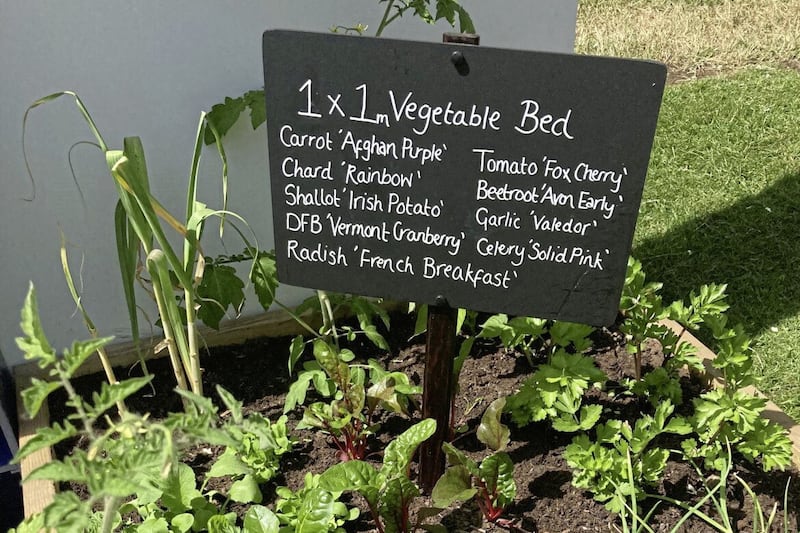Valentine’s Day is dominated by one symbol, and one symbol only: the heart.
But it’s not a pumping, accurate scientific drawing we plaster our cards with, so where did the simplified version come from?
Here are some possible explanations.
Breasts and Buttocks
Boobs and bums, and it makes sense, sort of? The design and shape of a woman’s bottom, hips and waist were deemed important through history due to its links with childbirth, with a wide set of hips suggesting an easy birth. Music and fashion popularised the obsession – think twerking, if you will.
Breasts meanwhile suggested more to do with a woman’s suitability for having children, with the shape of a heart loosely resembling that of a woman’s breasts and cleavage, especially when confined by a corset.
Both shapes more or less resemble the popular heart shape you might see on a Valentine’s card or two.
Silphium
According to the History channel’s website, the use of silphium by the ancient Greeks and Romans might have something to do with the heart shape becoming popularised.
Apparently the plant was used for many different things, among them as a form of birth control. It is said that the plant was so popular it became extinct. Evan Andrews writes on History.com: “Legend has it that the Roman Emperor Nero was presented with the last surviving stalk”.
The silphium seed pod apparently resembled a modern heart motif, and as such it’s not hard to make the link between ideas of love and the symbol we now associate with it.
A simplification of the human heart
The History channel website also suggests that people from the Middle Ages may well have worked out drawing the human heart from “ancient medical texts.”
Greek philosopher Aristotle for example reportedly portrayed the heart as three chambers, something which may have influenced the drawings of those in the Middle Ages, and thus informed the depictions we see today.
Swans kissing
According to the RSPB, when it comes to swans: “The male and female birds, the cob and pen, usually attempt to mate for life,” which all seems very sweet.
This theory is perhaps a little more fanciful, but the swan’s apparent designs toward monogamy suggest similarities with society’s expectations for human relationships, and of course, when two swans come together, their necks often form a heart shape.
It’s a bit far-fetched, but with their grace and elegance, there’s definitely something romantic about the idea.








